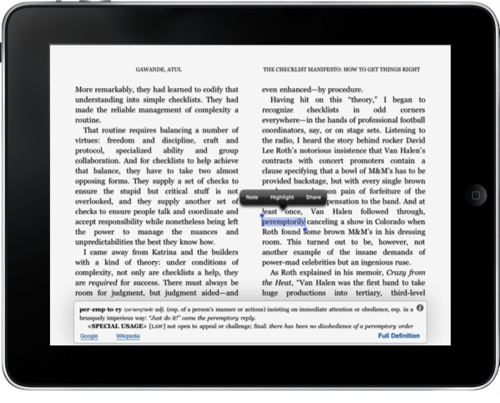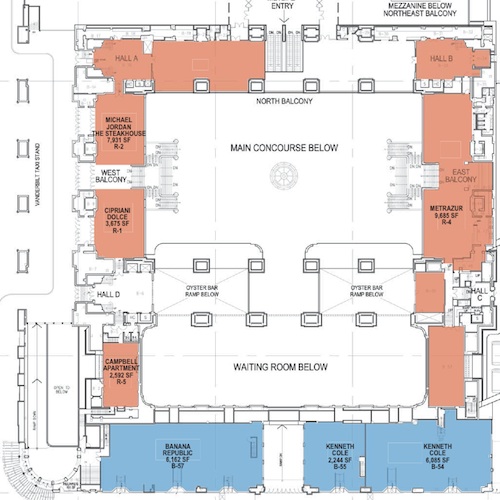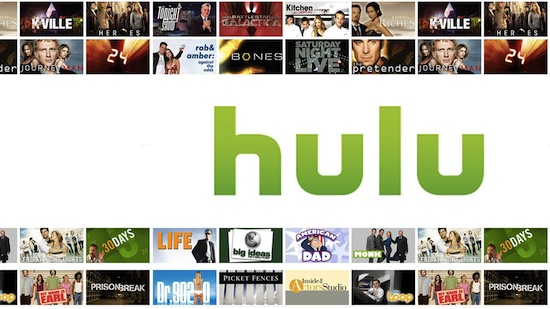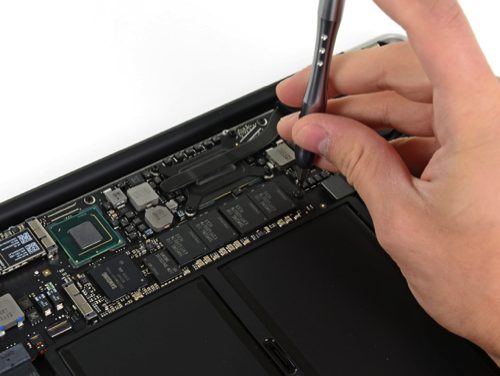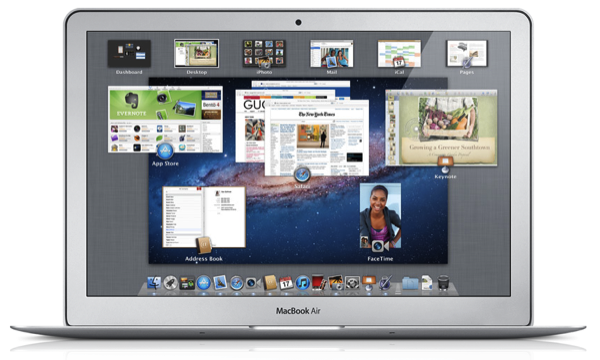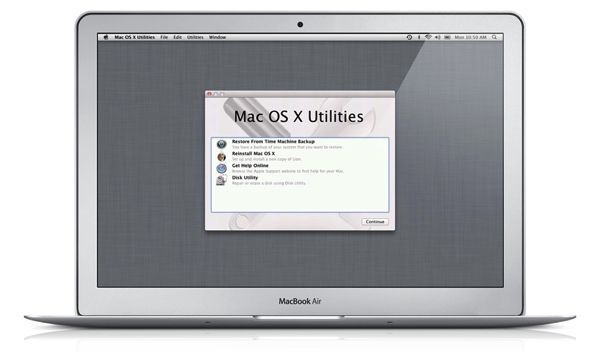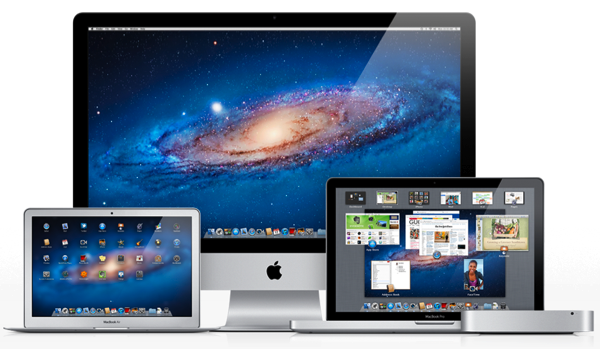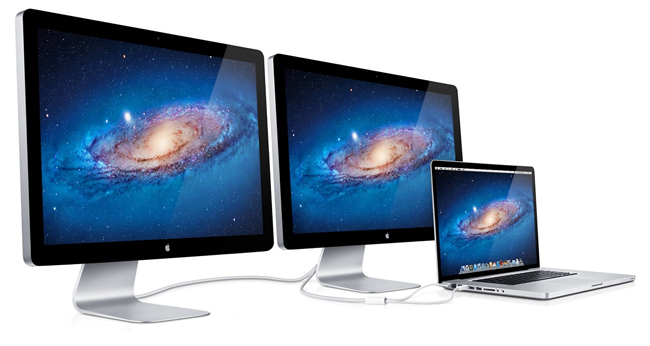The Amazon Kindle app has been updated in the App Store, and subsequently has removed the button linking to their Kindle Store in complying with Apple’s rules for termination (with the ultimate deadline being set at June 30th). Apps offering subscriptions must use in-app-purchasing, and all links to external stores must be removed. The Wall Street Journal and Kobo are also among some of the companies complying at the last minute with the rules pending the upcoming deadline.
Amazon didn’t just update their Kindle app to comply with Apple’s terms of service, however, adding the capability to deliver newspaper and magazine subscriptions to your iPad or iPhone, and download recent editions from the Archived Items section of their app. Amazon is seemingly skirting around subscriptions by making customers push new issues to their devices via the Kindle Store on the web, but automatic delivery makes us wonder whether this infringes on IAP rules.
A second addition brings the ability to highlight text and share quotes or passages with friends on Facebook or Twitter. I’ve never been so enamored to share text of a book I’m reading with my compatriots on either social network, but you bookworms have no more excuses for not showing up to your weekly book club discussion.



